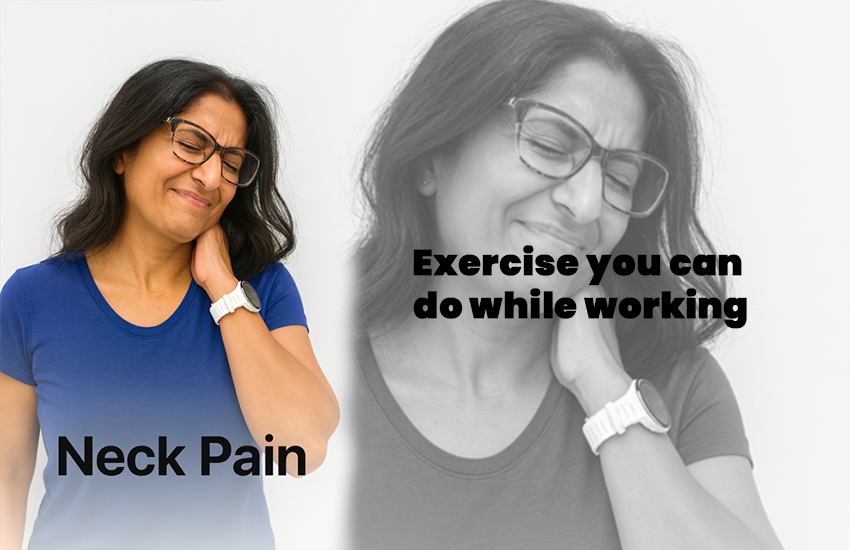Fixing Your Rounded Shoulders
If you work or play long hours in front of the computer, the desk, or on the phone, chances are you may have rounded shoulders. The problems that can arise from this can be headaches, shoulder pain, back pain, or even nerve pain.


